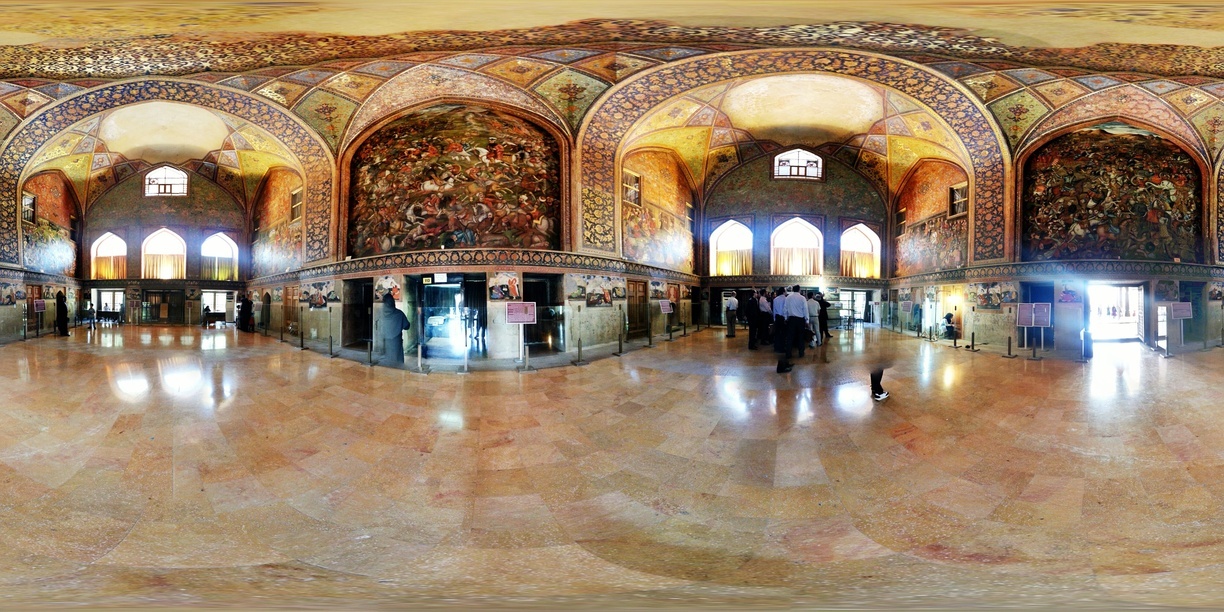Isfahan Tourist Attractions - Chehel Sotoun

Chehel Sotoun Palace is the only surviving palace on the royal precinct that stretched between Naqsh-e Jahan (Imam) Sq and Chahar Bagh Abbasi St, this Safavid-era complex was built as a pleasure pavilion and reception hall, using the Achaemenid-inspired talar (columnar porch) style. There are historical references to the palace dating from 1614; however, an inscription uncovered in 1949 says it was completed in 1647 under the watch of Shah Abbas II. Either way, what you see today was rebuilt after a fire in 1706.
The palace is entered via the elegant talar terrace that perfectly bridges the transition between the Persian love of gardens and interior splendor. Its 20 slender, ribbed wooden pillars rise to a superb wooden ceiling with crossbeams and exquisite inlay work. Chehel Sotun means ‘40 pillars’ – the number reflected in the long pool in front of the palace.
There are some extraordinary art works survived the 18th-century invasion by the Afghans, who whitewashed the paintings to show their disapproval of such extravagance. The palace’s garden, Bagh-e Chehel Sotun , is an excellent example of the classic Persian Garden form and was recently added to Unesco’s World Heritage list.
Leave a Reply
Your email address will not be published. Required fields are marked *
All Comments (0)